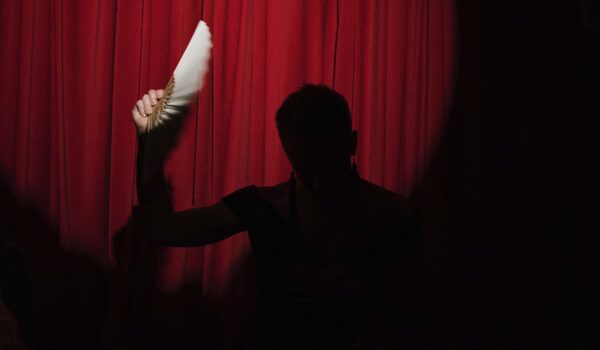Drama is a genre of writing that can be performed for theater, film, radio, or television programs. Learn about the terms, history, time periods, and styles of dramatic writing.
In literature, the word drama defines a genre or style of writing. A drama is a play that can be produced for the theater, radio, or even television. These plays are usually written as a script or written version of the play that is read by actors but not the audience.
This is where drama comes in. A drama, like a play, is meant to be performed on stage in front of an audience in a theater. So, drama refers to the script, while the word theatre refers to the performance of the script.
Dramaturgy has changed over time. The word itself comes from the Greek word meaning “action”, and it is with the Greeks and Romans that we begin to define classical drama. In fact, classical drama was more than just acting out a story. These performances were highly symbolic and included music, dance, poetry and audience participation. Although stage performances have existed throughout history all over the world, in this lesson we will focus on European historical influences.
With the spread of Christianity, theater took on a religious character, which opened the door for moral plays during the Medieval period. In Europe during the 15th and 16th centuries, morality plays, which depicted a hero who must overcome evil, were allegorical in nature.
Drama theater is one of the main types of theater, along with opera and ballet, puppet theater and pantomime.
Unlike the opera and ballet theatre, where the basis of the performance is a musical-dramatic work – opera, ballet, operetta – the performance in the drama theatre is based on a literary work – drama or script, which implies improvisation. The main means of expression for a drama theater actor, along with physical actions, is speech, unlike opera, where the content of the performance is revealed in music and singing, and ballet, where it is embodied in musical and choreographic images, dance and pantomime.
At the same time, drama theatre is to the greatest extent a synthetic art: it can include vocal, dance and pantomime as full-fledged elements.
Actor in the drama theatre
In the activity of medieval histriones there were only primitive elements of acting art: improvisation, dialogue, plasticity – there was no question of creating characters, histriones always acted only on their own behalf[7]. On the other hand, the strict canons of the Catholic Church also excluded the concept of “character”. The art of acting as such was born within the framework of mysteries: the farces included in them presupposed the creation of certain types; characters, though unchangeable, were present in the theatre of Angelo Beaulieu[16].
In the medieval theatre, as in the ancient one, women were not allowed, but in semi-professional Italian troupes they appeared already in the first half of the XVI century. As early as the fifteenth century, women joined traveling groups of histrionics (saltimbanchi); as for theatrical troupes, they participated as singers, and possibly as actresses, in the troupe of Beaulieu. In the 50s and 60s of the 16th century some actresses were already known: Flaminia, Vincenza Armani and the polka girl Zuccati.
